Signs Your Trees Are Threatening Your Property's Safety
Trees can bring a lot of beauty and shade to your yard, but they can also quietly become a risk to your property and safety. When a tree isn’t healthy or starts behaving in ways that aren’t normal, it can mean there’s a bigger problem waiting to happen. Ignoring certain signs might leave you dealing with property damage or worse, especially when strong winds or storms blow through.
That’s why it helps to catch warning signs early. Some are easy to spot if you know what to look for, while others can hide until it’s almost too late. Below are some clear signals that a tree might need attention, or even safe removal by a professional. Being aware of these signs can help you act before something goes terribly wrong.
Visible Physical Damage
One of the easiest signs to notice is physical damage to the tree. Cracks or splits in the trunk or large limbs usually hint at bigger problems inside the tree. These flaws often show up after years of stress like wind, storm damage, disease, or even improper pruning. Once a split happens, it makes the tree more likely to snap or fall, especially during rough weather.
Here are a few things to keep an eye out for:
- Deep cracks running up and down the trunk
- Missing bark or areas that seem rotted
- Holes in the trunk, often surrounded by dark or soft spots
- Mushy wood around the base of the tree
- Bare limbs that don’t grow leaves, even in season
These may seem small at first, but they often point to serious weakness. A tree that looks fine at a glance can surprise you during a storm. For example, a maple might look healthy until you get closer and see a split at the main fork in the trunk. That gap tells you something important: the tree isn’t as strong as it looks.
Even if the tree still has leaves on some branches, that doesn’t mean it’s safe. The worst damage can be hiding inside. If you notice repeated signs of decay, rot, or damage, it’s time to take a closer look and bring in someone who knows what they’re doing.
Leaning Trees
Not every leaning tree is a threat, but a sudden or worsening tilt can be a sign of trouble. If your tree wasn’t leaning before or has suddenly shifted after strong winds or soaking rain, the roots may be in trouble or the ground around it may be unstable.
Warning signs include:
- Cracked soil or gaps near the base
- Roots that now stick out of the ground
- A noticeable lean that keeps getting worse
- The tree’s top leaning more to one side without much balance
Some trees naturally grow with a slant and stay that way without problems. But if the lean is something new, especially if it came after a major storm, don’t ignore it. Shallow root systems or trees planted in soft, wet soil have a harder time staying upright. That increases the risk of falling trees.
Trees that sit near sensitive spots like garages, fences, or houses should be watched more closely. Even a slow lean can lead to a dangerous fall. Changes in the tree’s position can end up causing real damage, so reacting early is a smart move.
Dead Or Hanging Branches
Dead or hanging branches are easy to miss, especially when they’re caught in high canopies or covered by healthy growth. But they’re one of the biggest signs that trouble’s coming. Hanging limbs are unpredictable and can come down with strong winds, rain, or even under their own weight.
You can spot dead branches by their brittle look and absence of leaves while other parts of the tree are full and green. Here’s what to check for:
- Limbs that droop or slouch lower than the rest
- Branches that look cracked or half-connected to the trunk
- Dry, hollow branches that snap easily
Make it a habit to walk around your trees during the change of each season. Look from different angles and check the ground underneath. If a tree hangs over part of your roof, driveway, or a play area, extra caution is needed.
One common issue happens when homeowners spot a dry branch but leave it thinking it won’t fall. That’s a mistake. A single rough storm can shake it loose, and the damage can get expensive. By identifying and removing dead limbs early, you avoid bigger problems later and protect anything that stands below.
Fungal Growth And Pest Infestation
The base of your tree can tell you a lot, especially when things start growing on it or digging into it. Fungi and pests show up when something is already wrong. Whether it’s a mushroom bulging out of the trunk or strange bugs boring holes in the bark, these are signs the tree is breaking down from the inside.
Things to watch for include:
- Mushrooms sprouting near the base or on large roots
- Tiny holes in the trunk or branches
- Loose or peeling bark
- Sawdust piles at the tree base
- Leaves that wilt or branches that die off without reason
Fungi feed on rotting wood, so when you see them, the tree might already be decaying. Likewise, insects like beetles and termites don’t just nibble—they carve out entire tunnels. Much of their damage stays hidden until the signs bubble up.
Keep your eyes open after long rains or floods. Damp conditions + weakened bark = perfect grounds for mushrooms and pests. If a tree starts looking patchy, changing shape, or feeling softer to the touch, it could already be at risk.
Professional Tree Inspection And Removal
Walking your yard and making notes on what has changed is helpful, but sometimes you need a trained eye to know for sure what’s safe and what’s not. A professional tree inspection lets you find problems early and decide the next step without guessing.
Tree care experts can:
- Climb safely and inspect tough spots
- Use sound tests to find hollow areas
- Check root areas without causing harm
- Spot subtle shifts in weight or posture
When trees grow close to power lines or houses, a detailed inspection becomes even more important. Some trees can be saved through careful pruning. Others need to be removed before they fall and cause damage.
Larger trees especially require the right gear and knowledge to come down safely. The cleanup, hauling, and stump work all need to be done properly and within local rules. Calling in the pros also means less risk for you and fewer surprises along the way.
If you’ve seen something odd in your trees or feel unsure about one, it’s not worth hoping everything will be fine. A quick look from an expert offers peace of mind and a safer place to live.
Why Catching Tree Hazards Early Matters
There’s a big difference between a beautiful, mature tree and one quietly turning dangerous. A tree that’s rotting, leaning, or breaking from the inside might seem peaceful until the wrong day comes.
By learning these signs—visible damage, tilting, lifeless limbs, fungi, or pests—you stay a step ahead of disaster. Trees don’t warn you with a shout, but they do leave clues. It’s up to you to notice them.
Strong winds, heavy snow, or just time can turn a weak tree into a real problem. Walking your property seasonally or calling in professionals when you spot something odd helps protect your family, your home, and your peace of mind.
Healthy trees should bring shade and calm, not stress and risk. Pay attention to the shifts, the cracks, and the colors. When something looks off, it probably is. Take action early and you’ll avoid the mess, hassle, and costs that come with waiting too long. Your trees can stay beautiful and safe with just a little attention.
For a thorough approach to managing potential tree hazards, it’s always a good idea to bring in professionals. If you’ve noticed any warning signs in your yard, our
tree removal service can help prevent bigger problems down the line. At Tree Experts, LLC, we’re here to help you protect your property and keep your outdoor space safe and stress-free.
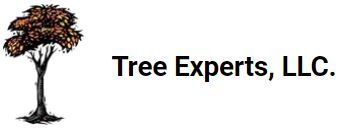
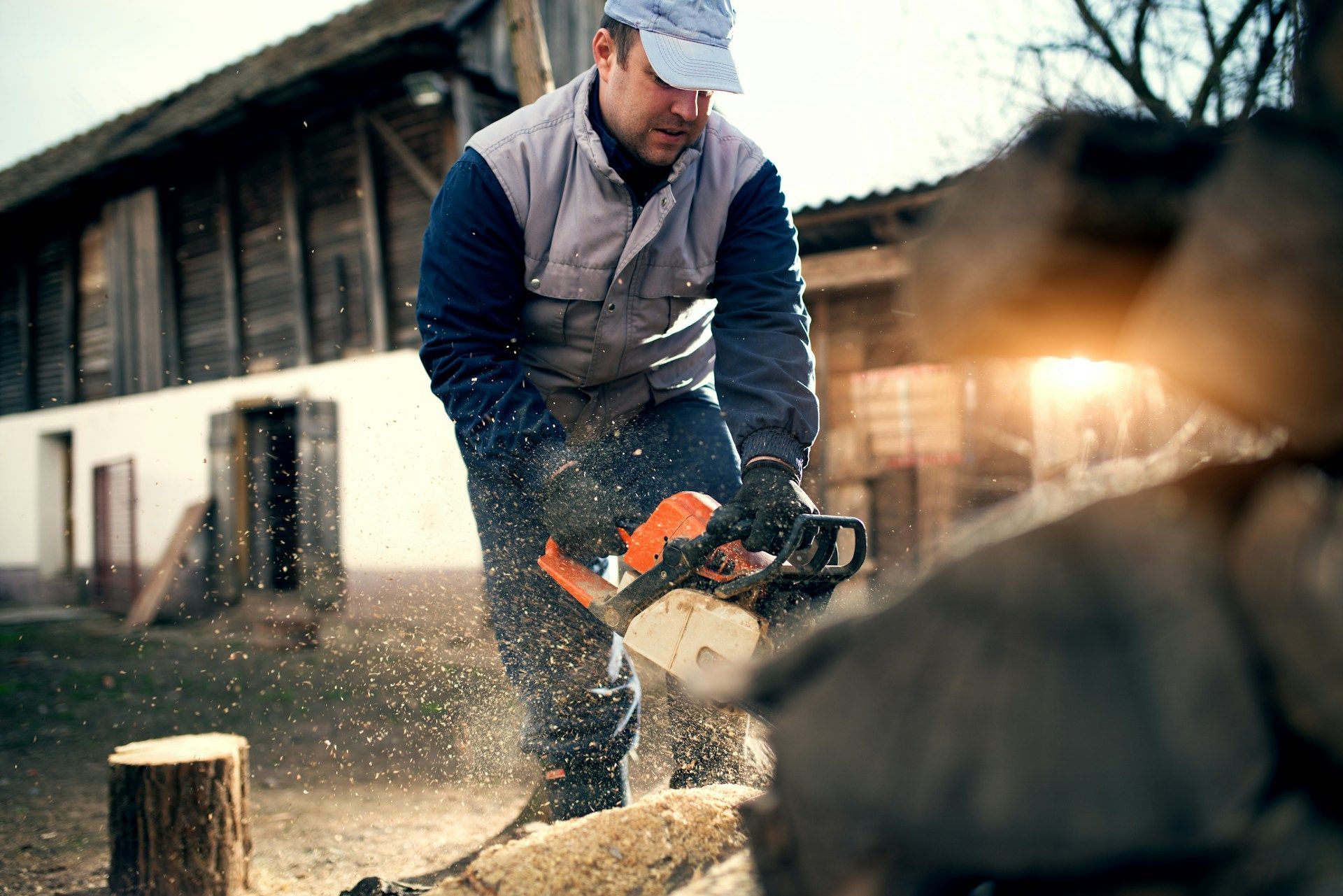
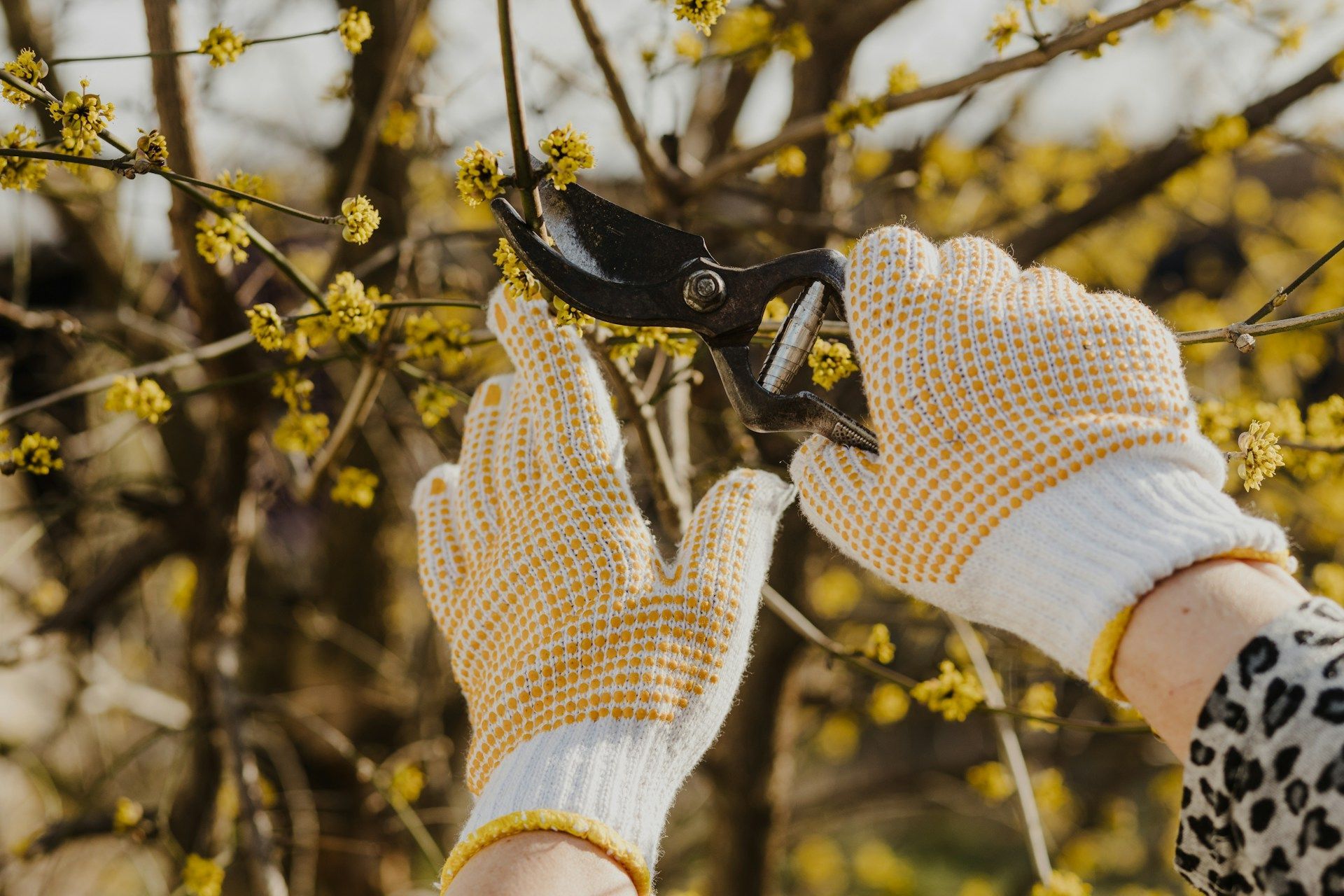
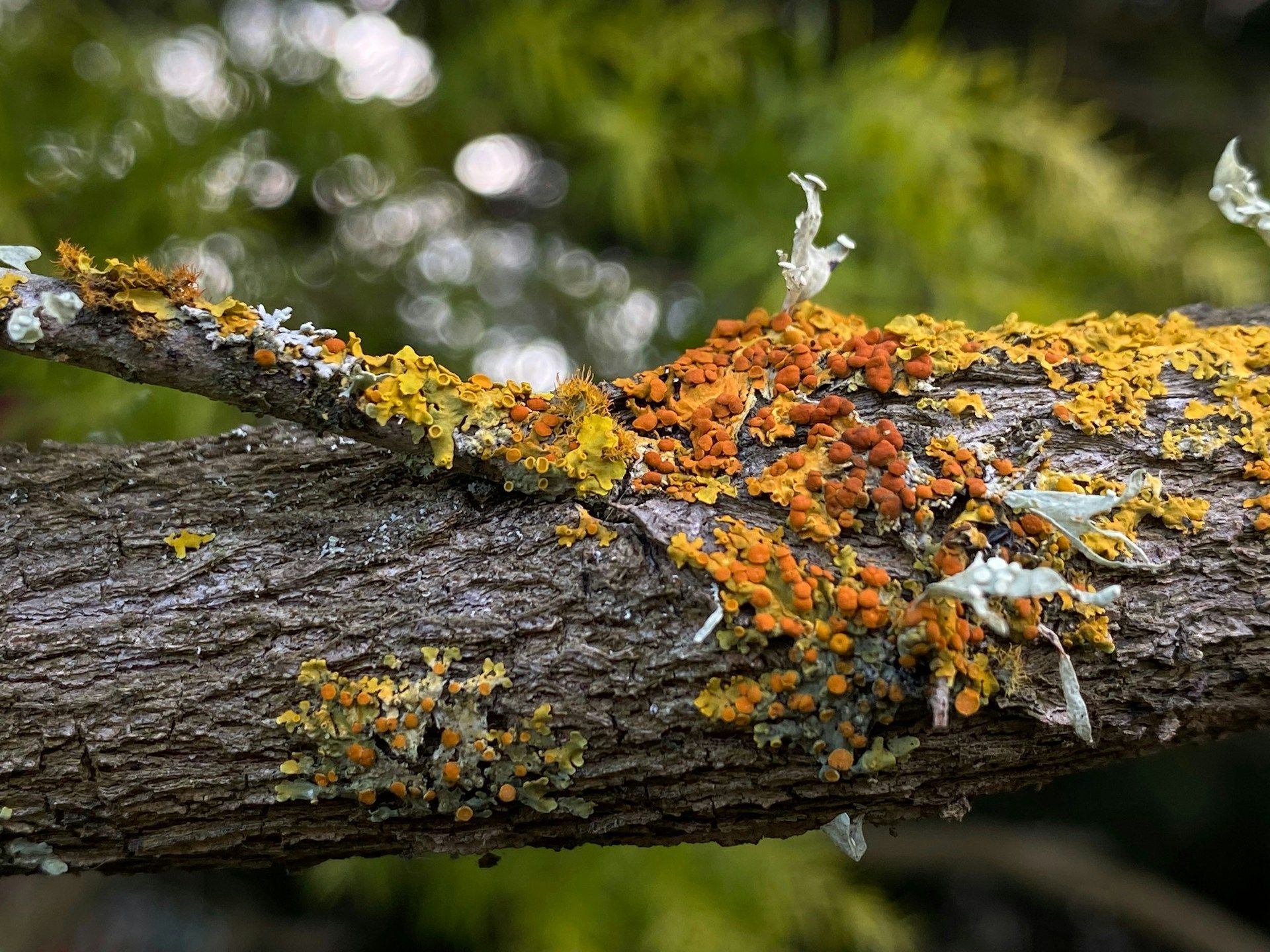
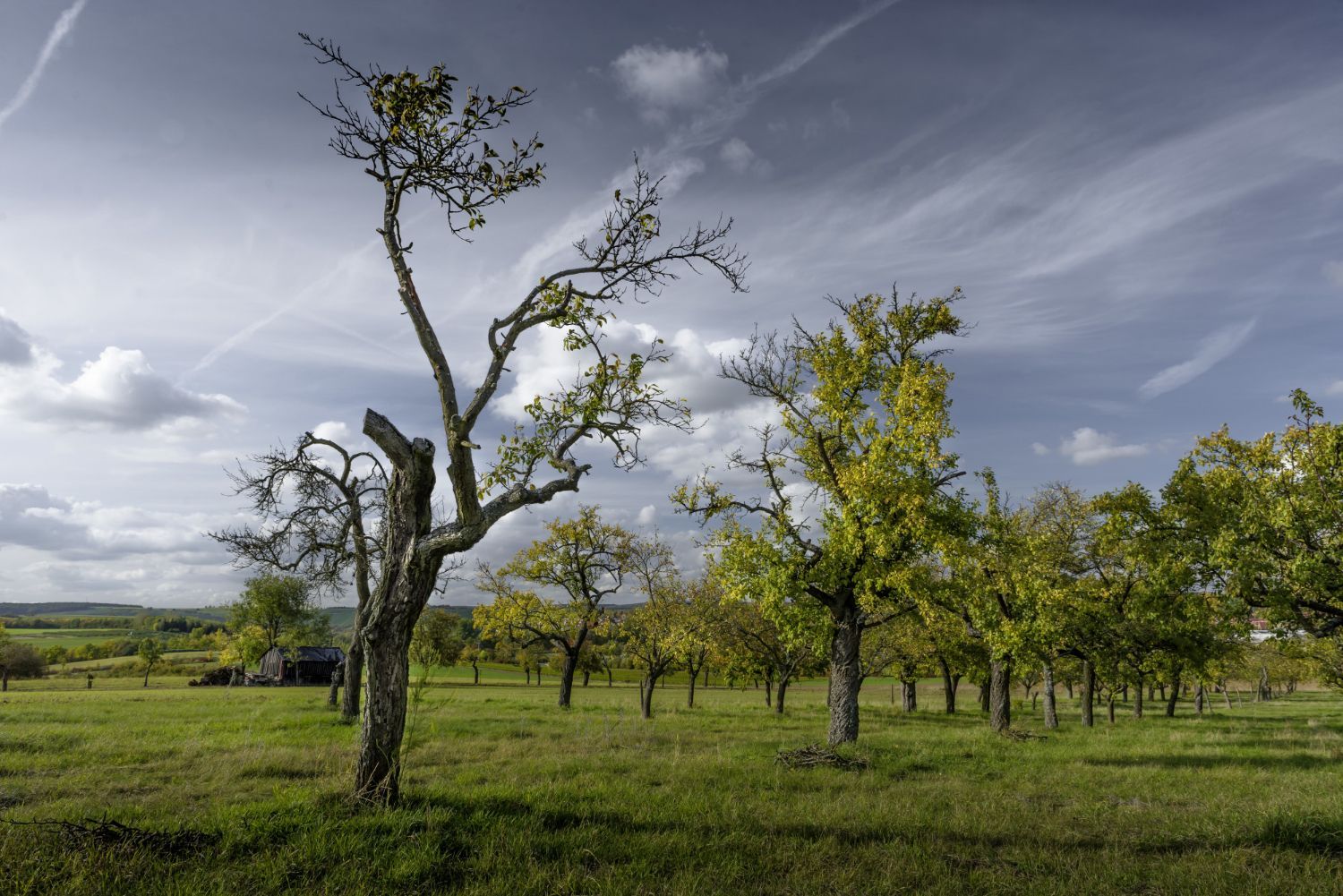
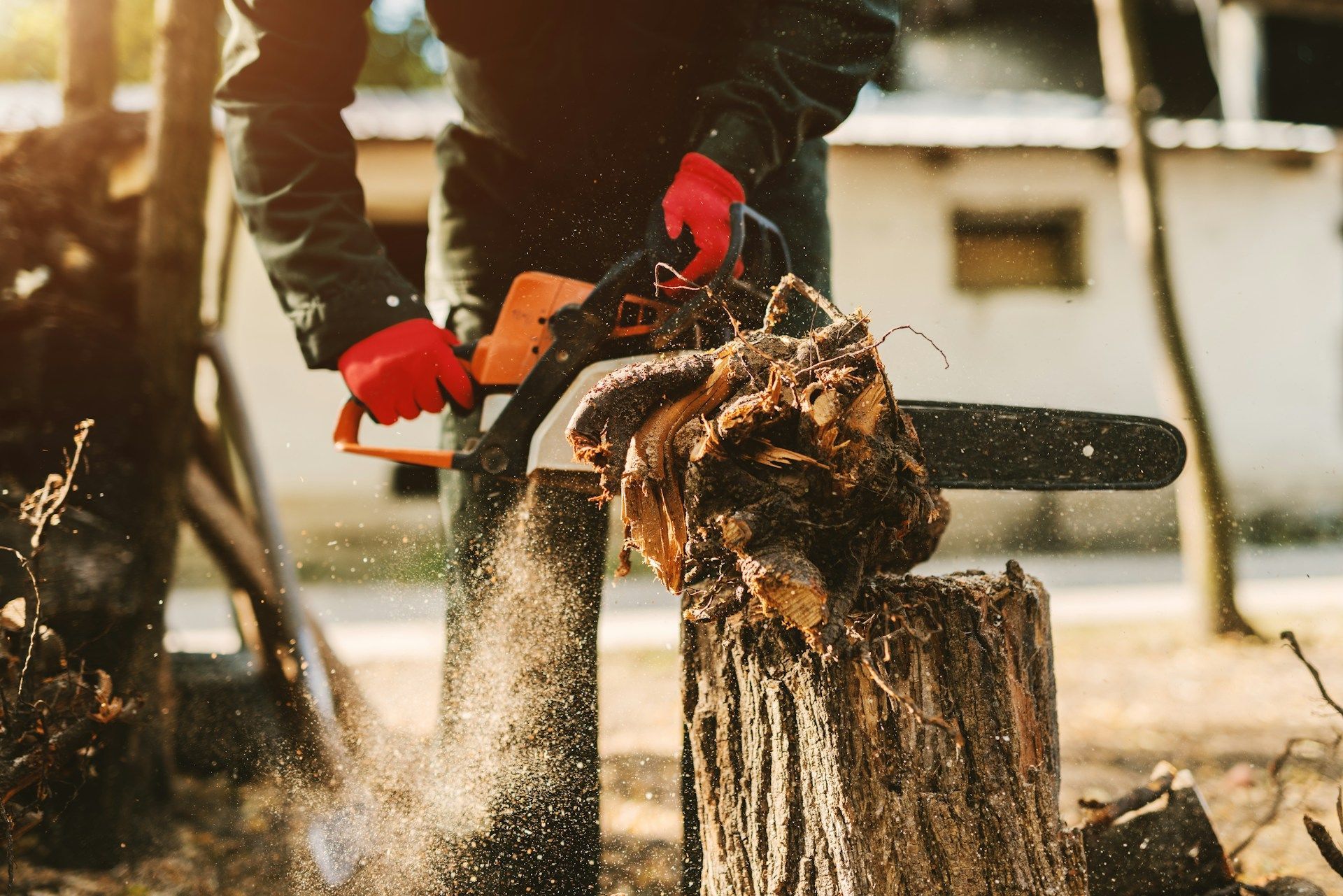
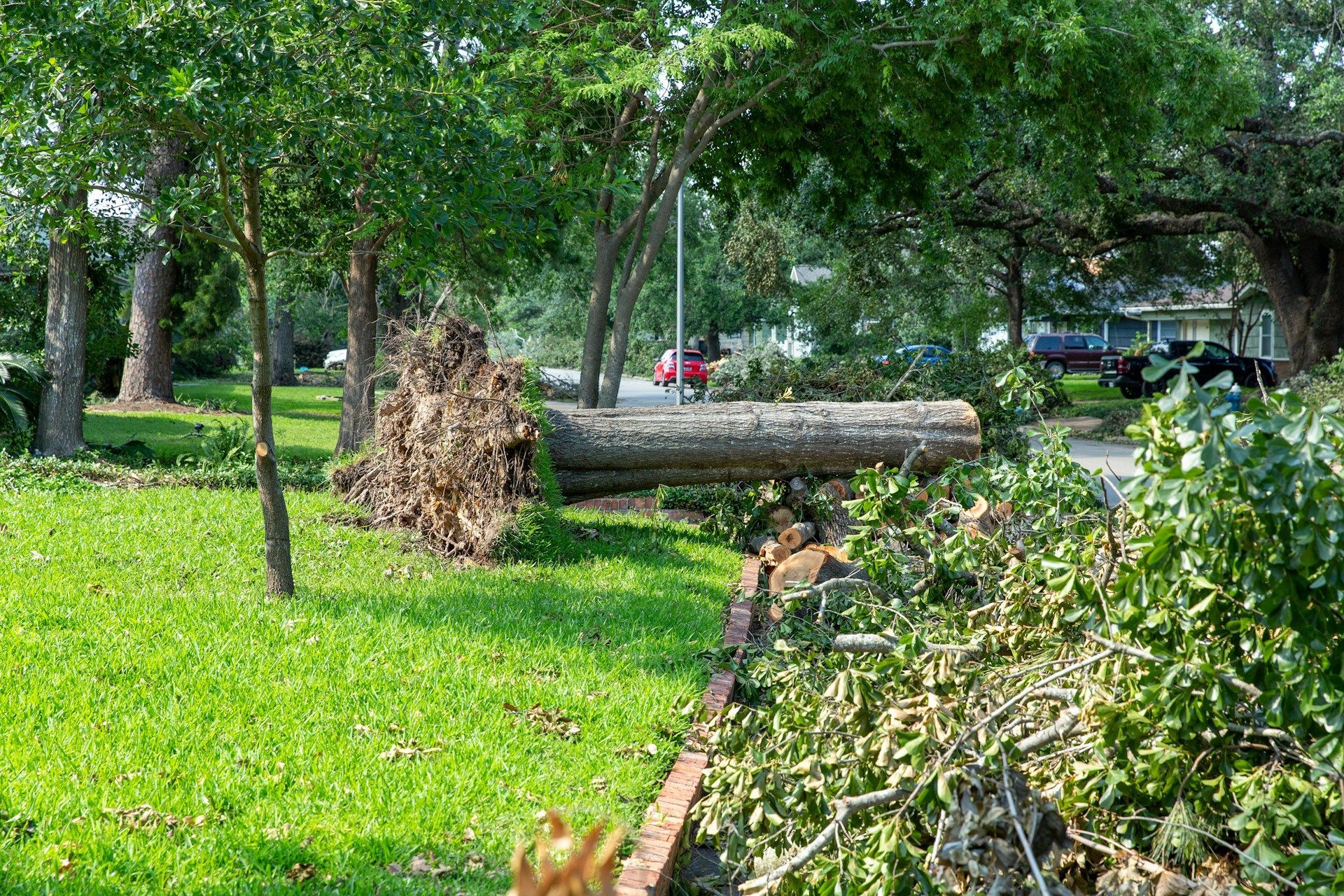
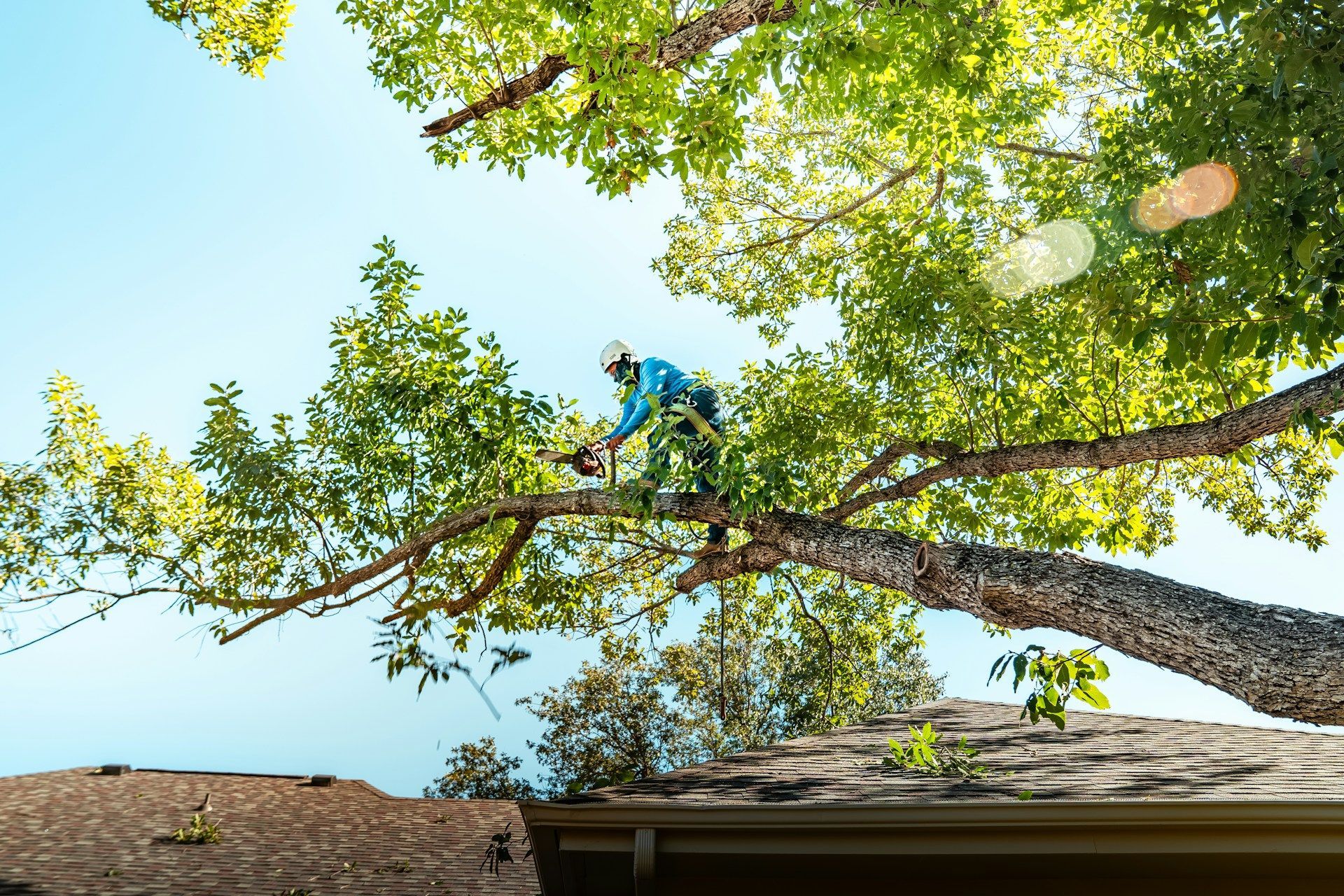
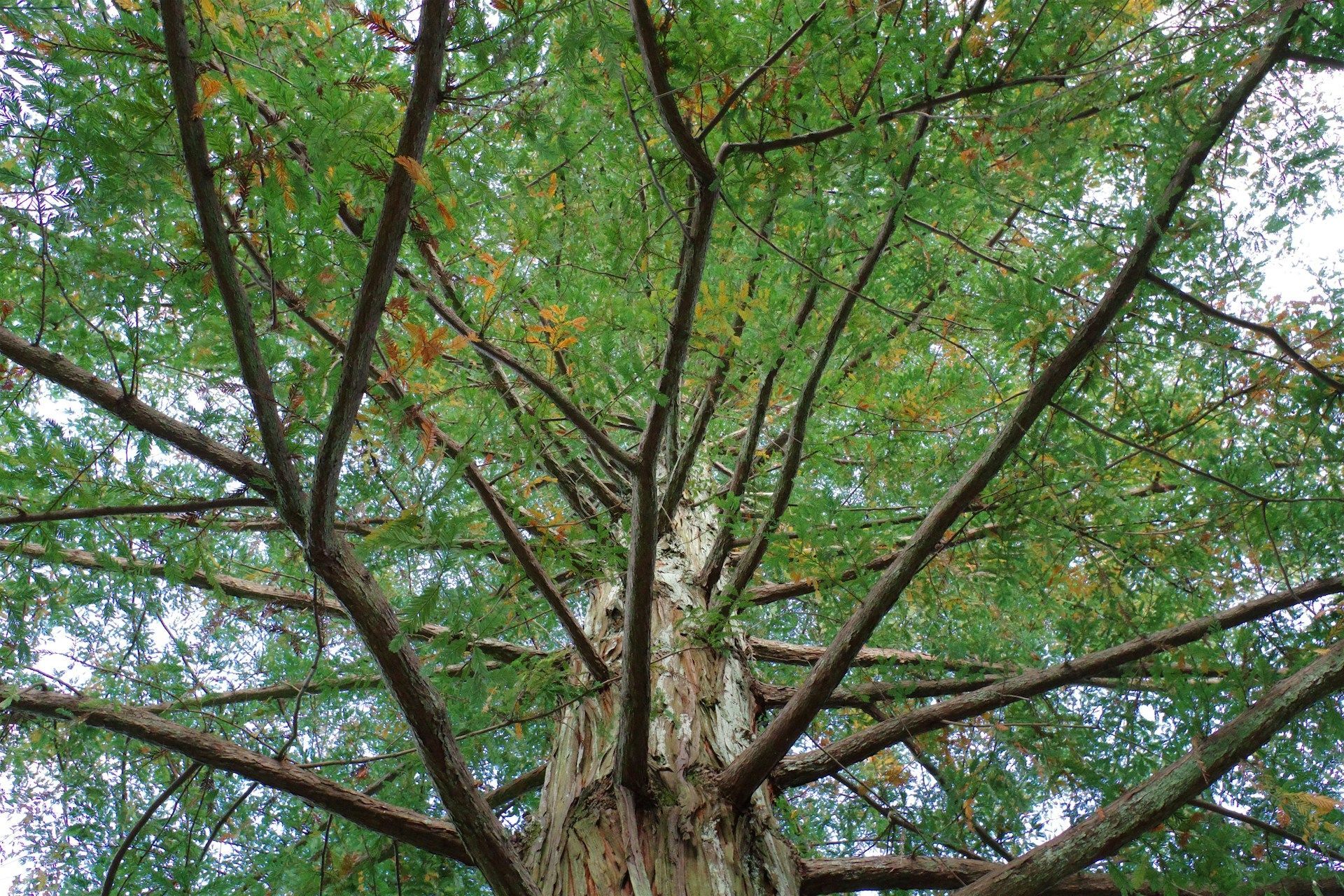
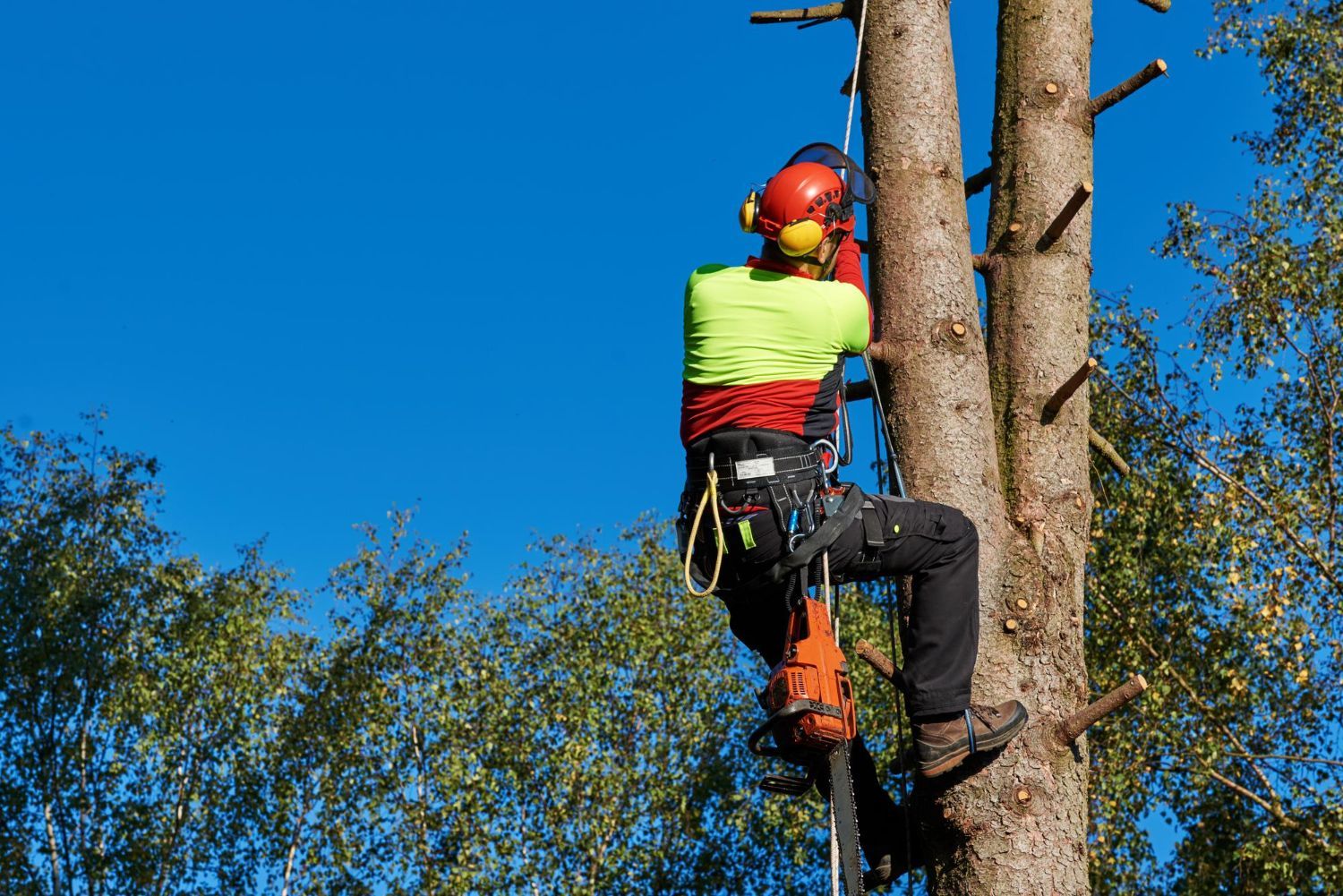
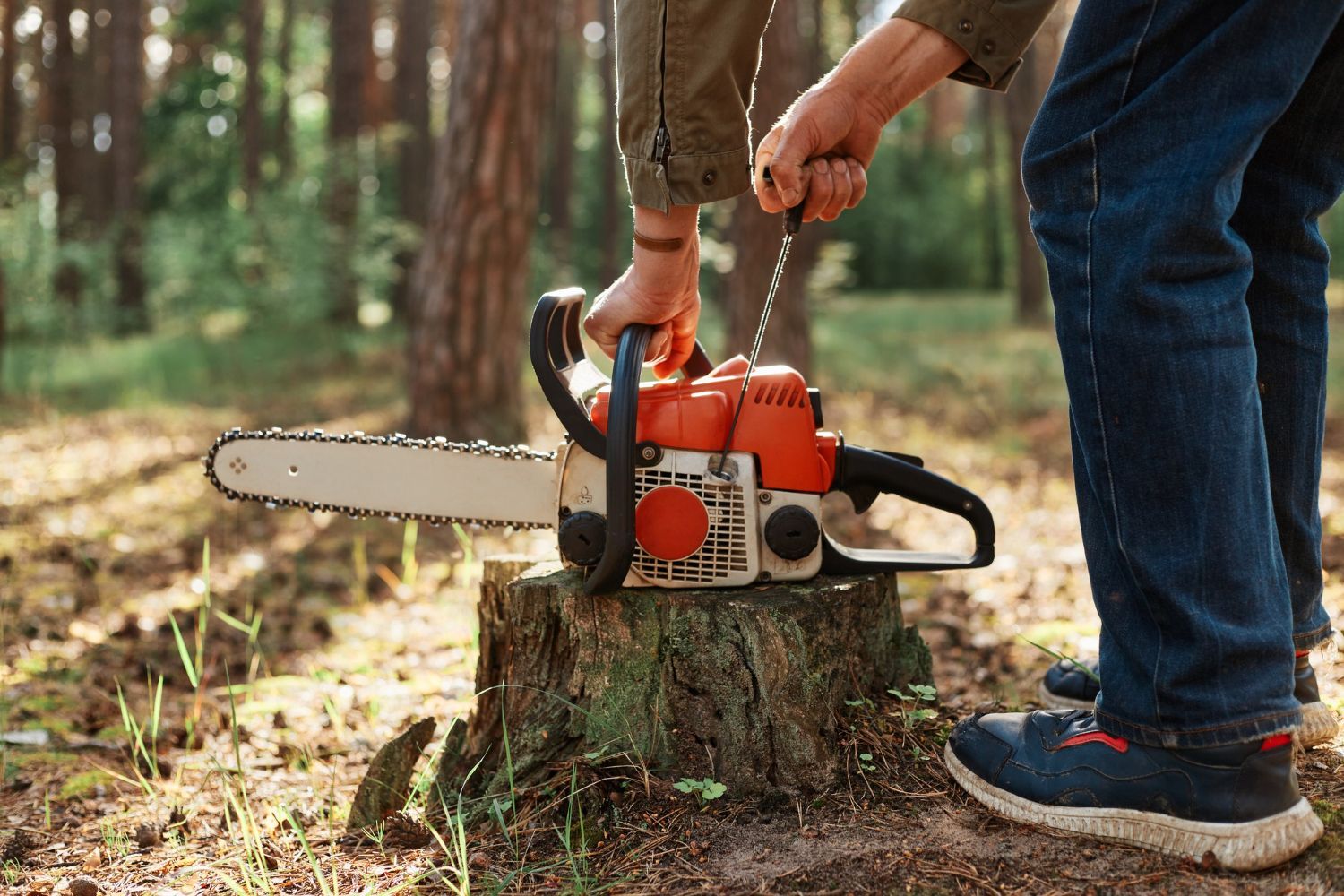
Share On: